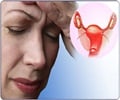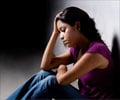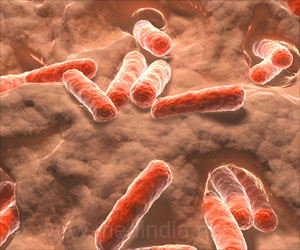People who enter dream sleep, or rapid-eye-movement (REM) sleep within a short time are more prone to depression.
People who enter dream sleep, or rapid-eye-movement (REM) sleep within a short time are more prone to depression.
Giles and her colleagues from the University of Rochester Medical Center, doing a research on depression found that people with this type of sleep pattern and a family history of depression are twice as likely to get depressed than the others.Rapid-eye-movement (REM) sleep, is the fifth of the five stages of sleep that we cycle through several times each night. The activity of our brain slows progressively throughout the first four stages and in the REM stage the brain is geared up and looks like a person is awake with muscle movements inhibited, this is also known as paradoxical sleep.
Giles states that this is the first physiological marker that predicts the onset of depression in someone who had never had the illness.
The sleep disturbances that many depressed people have such as sleeping for longer periods than usual or having insomnia or difficulty to sleep, are apparent to patient and families, but falling into REM sleep quickly, known as 'short REM latency' is not common. It takes the technology of a sleep laboratory to find short REM latency.
The activity of the brain, muscle and eye movements are monitored in the patients for three nights while they sleep. Since not all depressed people have short REM latency, and many healthy people do the trait cannot be used to diagnosed to have depression. But in families where depression has been identified, it might provide a way for some to find out if they are vulnerable.
With this information, a person can take some protective measures such as being more educative about depression and try preventing it.
Advertisement











